[ad_1]
With out mycorrhizae, many crops would shrivel, wither, and die. They’re a bunch of unseen fungi that work alongside different organisms to raised soils. While you stroll by way of a forest, there’s an opportunity you’re stepping on 1000’s of dwelling mycorrhizal fungi.
However what are they, precisely? Fungi’s most simple constructions are tiny little hyphae that sprout from spores. These hyphae kind mycelia, that are skinny, white filaments. They’re just like the roots of fungi, and they unfold out in the hunt for vitamins and plant hosts.
Mycorrhizae are a sort of mycelia that kind partnerships with dwelling shrubs, timber, and perennials. They bond with roots and foster a symbiotic relationship with their hosts. Some crops want them to outlive, whereas others merely profit from their presence.
Dive into the world of mycorrhizal fungi and see in the event that they’re the best match in your backyard crops and ornamentals.
Bio-tone Natural Plant Meals
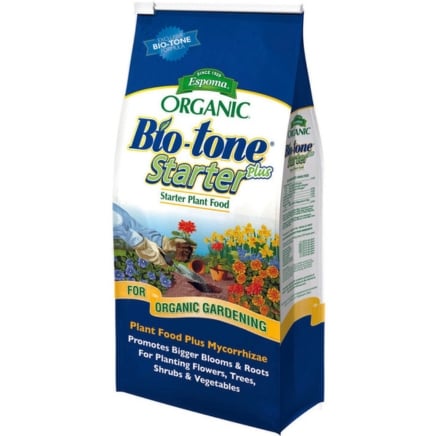

Espoma Bio-tone Starter Plus Natural Plant Meals (4 lbs.)
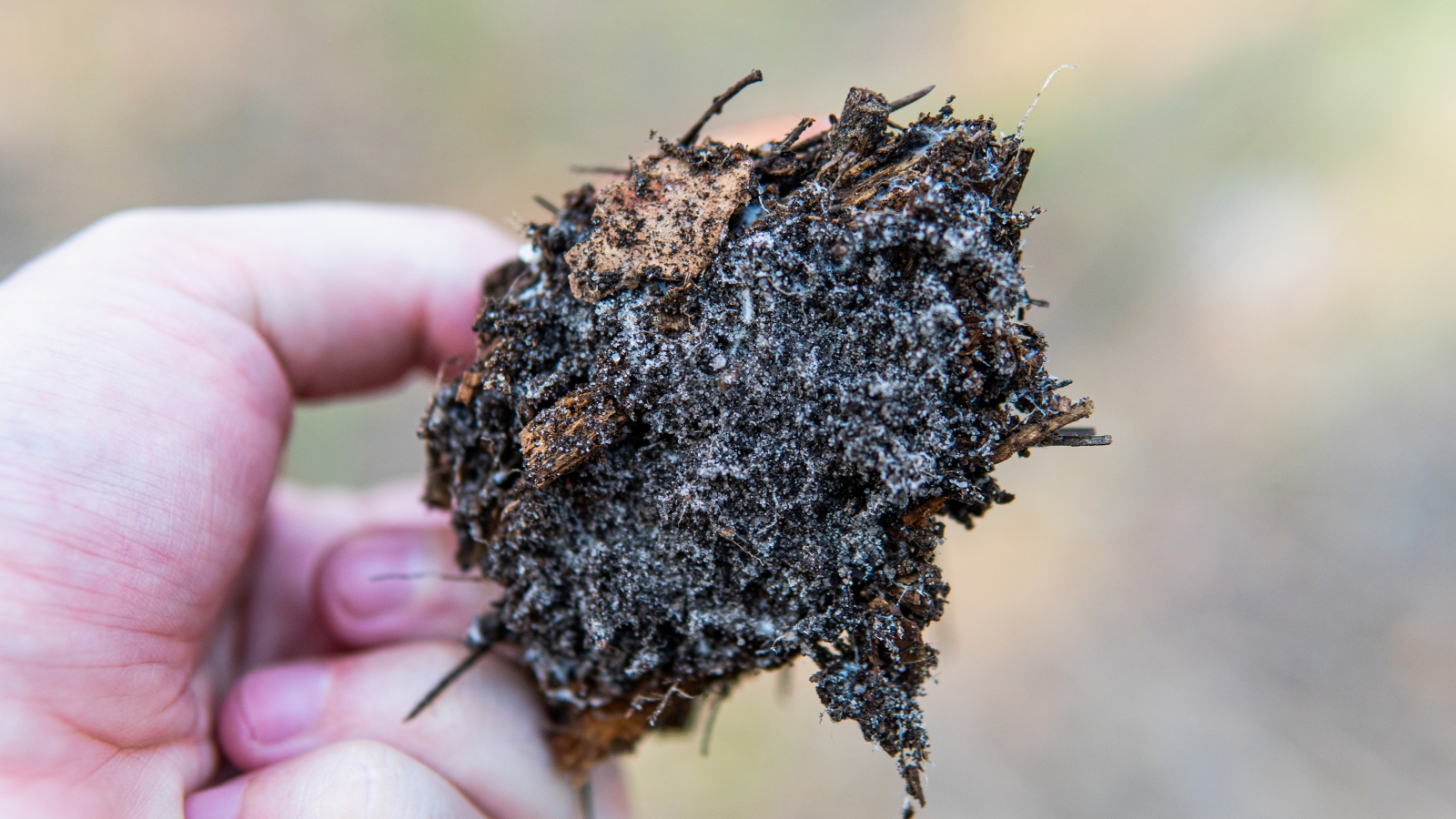

Mycorrhizal fungi are varied species with mycelia filaments that bond with plant roots. Some have particular hosts, like pine timber in North America, whereas others are extra generalist. Most soils naturally include mycorrhizae already. Compost, mulch, and a various vary of backyard crops encourage a mess of those fungi to thrive.
Rototilling, artificial fertilizers, and harmful gardening strategies kill the delicate mycelia under the soil. Gardens with these soils may have extra amendments which can be wealthy with mycorrhizae.
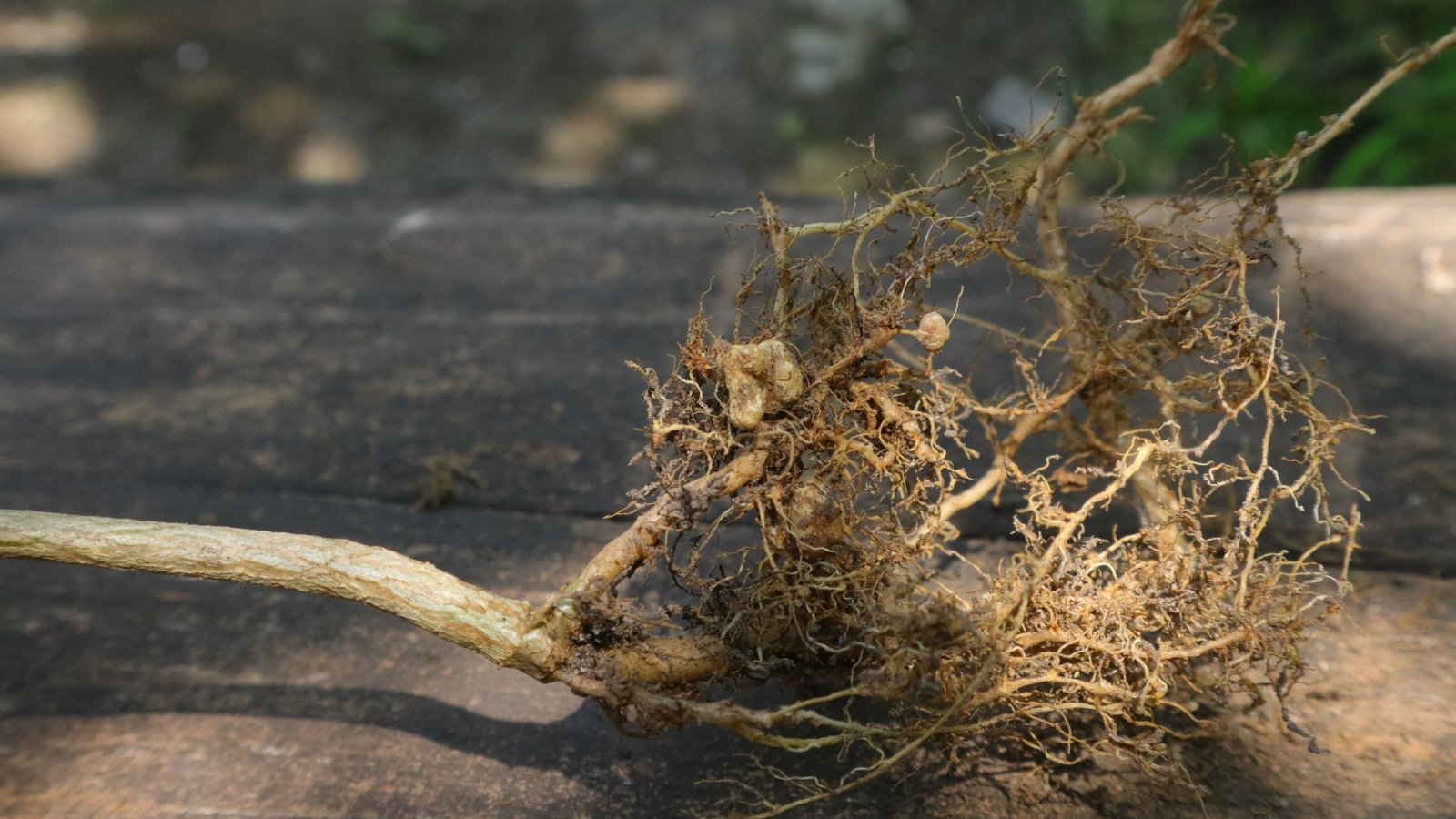

Whether or not or not these historic fungi are good in your backyard depends upon your panorama’s situations. Some gardeners might not must amend their beds, whereas others ought to. We’ll study to encourage mycorrhizal progress over time and the best way to shortly inoculate soils with mycelia.
Puerto Rican Pines


Earlier than we dive into care, there’s a narrative to debate that completely illustrates how essential mycorrhizal fungi are for plant roots. Within the Thirties, the USDA Forest Service introduced nonnative pine seeds from South Carolina to plant in Puerto Rico. They had been making an attempt to develop invaluable timber in a brand new location.
Years of making an attempt to develop these pine timber proved futile—the seedlings would sprout, wither, and die. It wasn’t till 1955, when B.J. Huckenpahler introduced native soil from South Carolina to Puerto Rico and planted seeds, that the Forest Service had a breakthrough. The seedlings within the native soil thrived and grew to 5 toes tall a 12 months later!
After the experiment, additional analysis proved that mycorrhizae had been the motivating issue behind the pines’ success. The seedlings that shriveled and died missed their fungal counterparts and couldn’t survive of their new location with out them.
Encourage Pure Mycorrhizae


These particular fungi naturally colonize wealthy soils with a various vary of species. While you develop a mixture of native crops in your yard, you invite native mycorrhizae into the area. Our favourite crops and decorative species additionally work nicely with them, and so they add to the range of your soil.
Mulch is one other nice strategy to encourage mycorrhizal fungi into the filth. It protects naked soils, retaining delicate mycelia strands secure from trampling and tampering. It additionally injects vitamins slowly because it decomposes, making a wealthy habitat for fungi.
The final, however definitely not least, efficient strategy to encourage pure mycorrhizae populations is to add compost to your backyard beds. Compost lends construction, vitamins, and different useful critters to present soils. It may also include spores that may develop into new hyphae and mycelia.
Add Natural Fertilizer With Mycorrhizae
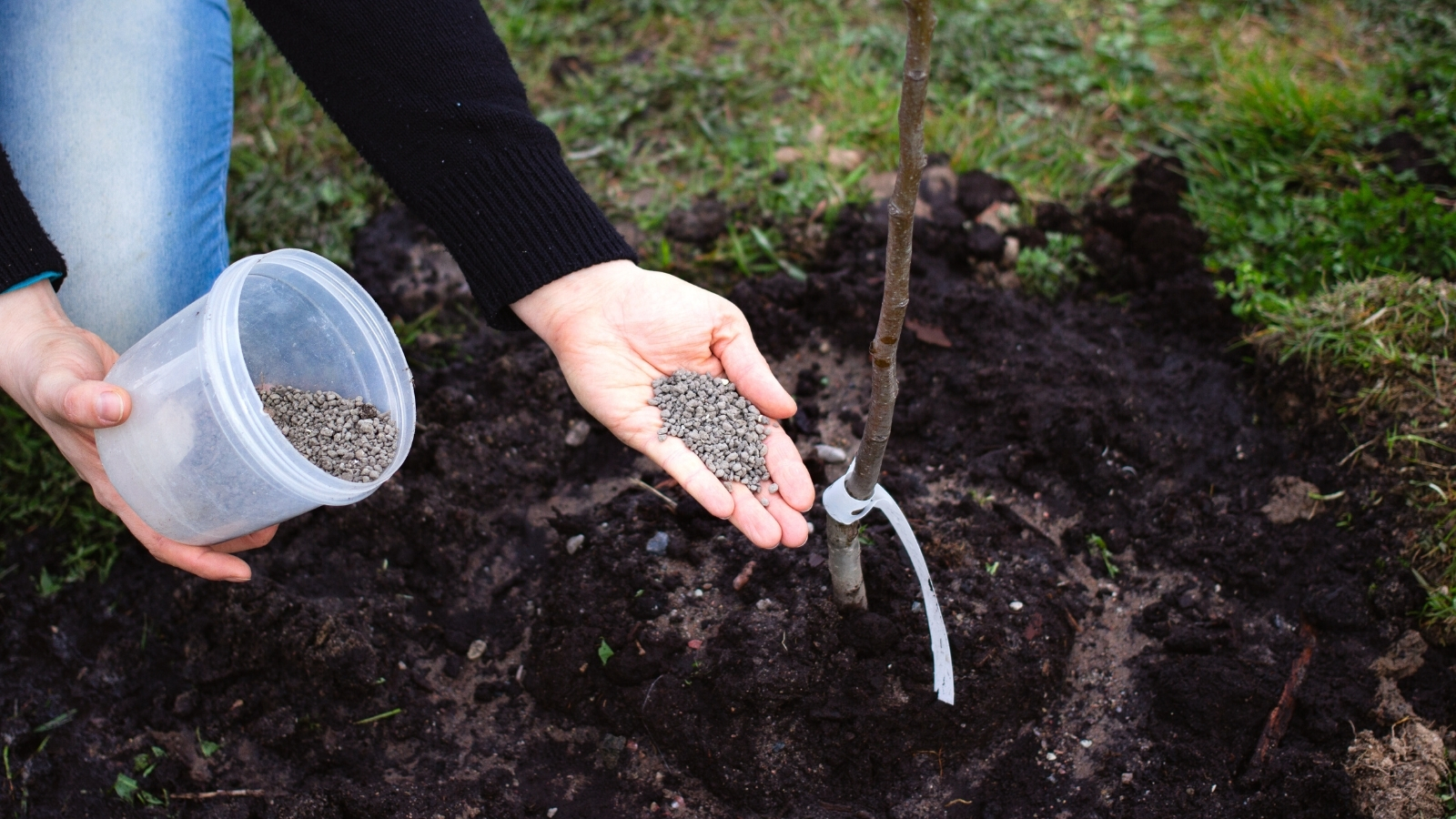

Even when your soils have already got mycorrhizae, they gained’t damage from extra functions. In contrast to fertilizer, an excessive amount of of those fungi gained’t injury soil construction or life. As increasingly more analysis unveils the significance of those organisms, extra firms are making merchandise with them in it.
Think about using an natural fertilizer with these fungi already in them. With these fertilizers, you’ll inoculate your backyard with mycorrhizae each time you add them.
Different merchandise exist with out vitamins and are merely powders or propagules with mycorrhizae inside. These pure fungal mixes are glorious for transplanting seedlings. Roll their roots within the powder, and place the powder within the transplanting holes. It gained’t damage them—it’ll enhance their progress, making them extra resilient to drought, pests, and ailments.
Rototilling Kills Mycorrhizae
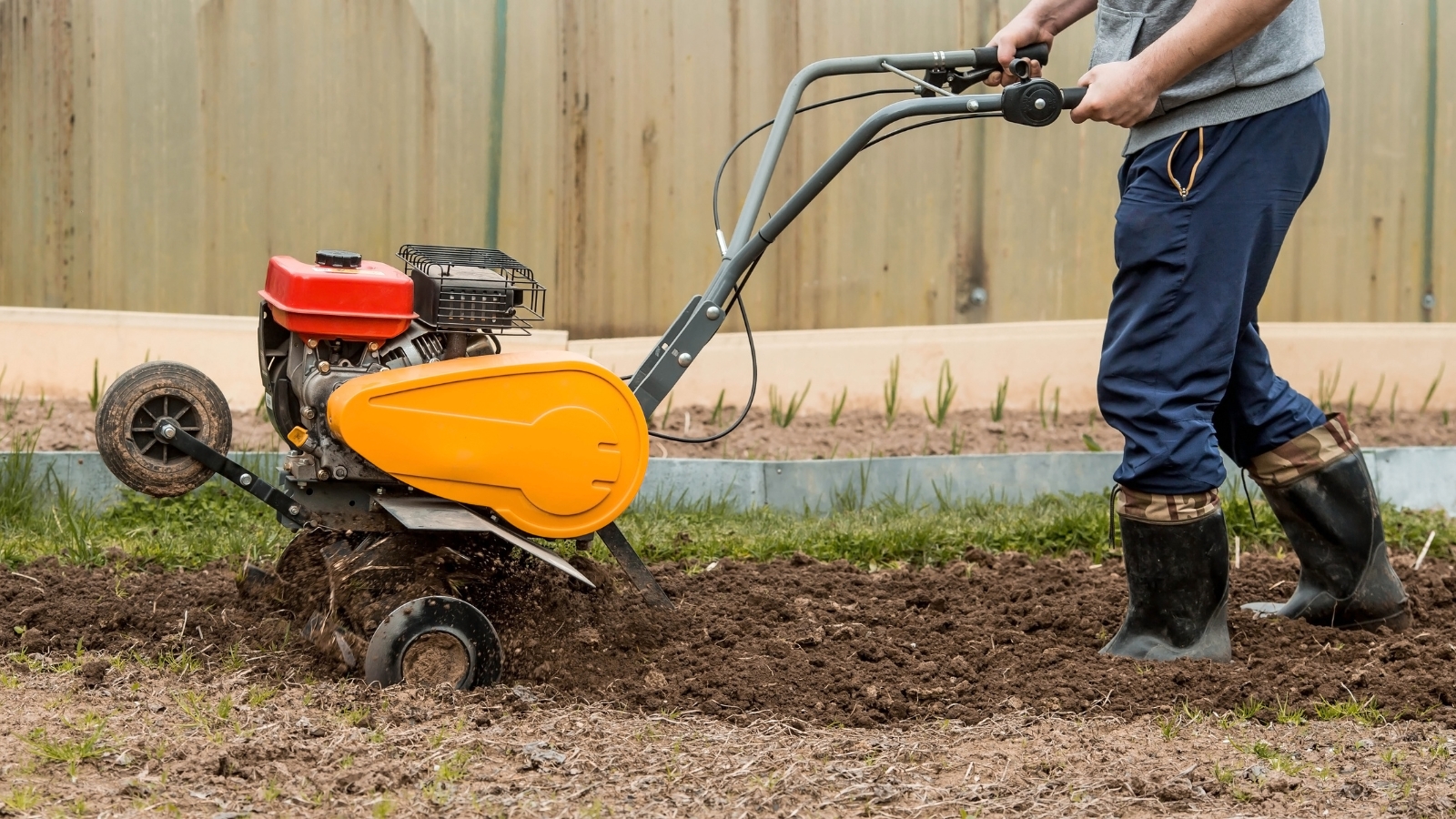

Mycelia strands are extraordinarily delicate! Any disturbing motion that breaks up soil particles might fracture and kill them earlier than they kind intensive populations. If soils obtained tilling up to now, you’ll need to add a number of mycorrhizal amendments, compost, and mulch.
Keep away from tilling until it’s obligatory. New no-till gardening strategies show that bountiful harvests aren’t actually depending on tilling and fertilizers, however reasonably on soil well being. Construct up your soil with useful microbes by including amendments on prime, and avoiding digging into delicate fungal strands.
Tilling could also be obligatory for breaking apart a hardpan or for beginning a brand new vegetable backyard. When accomplished as soon as, these actions aren’t too dangerous. However extreme tilling is very damaging—keep away from it if you wish to foster mycorrhizal strands.
Apart from tilling, chemical fertilizers, pesticides, and herbicides can also hurt delicate mycelia. Keep away from artificial chemical substances, as they kill at will and generally injury delicate fungi under the soil. Solely use natural fertilizers and pesticides when obligatory.
Some Vegetation Don’t Want Them
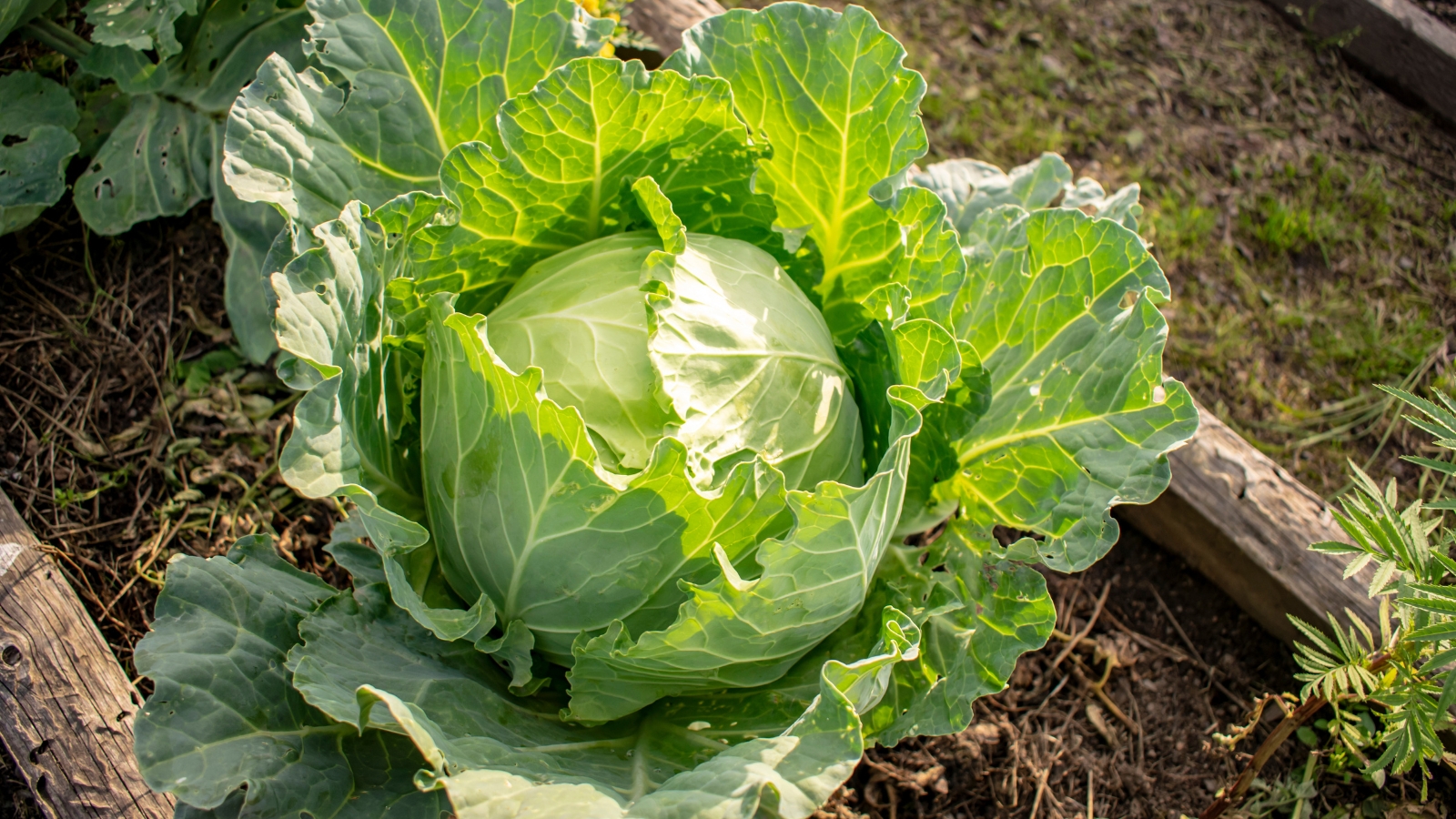

There are occasions when you could not want these fungi. Any plant within the cabbage household Brassicaceae doesn’t kind relationships with them and gained’t profit from their addition. A few of these widespread unaffected crops are:
- Arugula
- Broccoli
- Cabbage
- Cauliflower
- Candytuft
- Radish
- Turnip
The opposite household that has a distinct relationship with mycorrhizae is the Ericaceae household. This consists of many various decorative and edible species we like to develop in our gardens. Blueberries, cranberries, and lingonberries bond with a particular set of fungi. Frequent decorative species that don’t depend on the extra basic varieties you’d discover bonding with most crops are rhododendrons, mountain laurels, heaths, and heathers. You could find the precise Ericoid mycorrhizae in shops for those who’d like to incorporate them.
Simply because these species don’t want basic mycorrhizae doesn’t imply you shouldn’t add loads of compost and mulch to your backyard beds yearly. They’ll profit from the presence of micro organism, worms, and different critters that inhabit natural amendments. Compost additionally provides construction and vitamins to soils, serving to species within the Brassicaceae and Ericaceae households.
Different Useful Soil Microbes
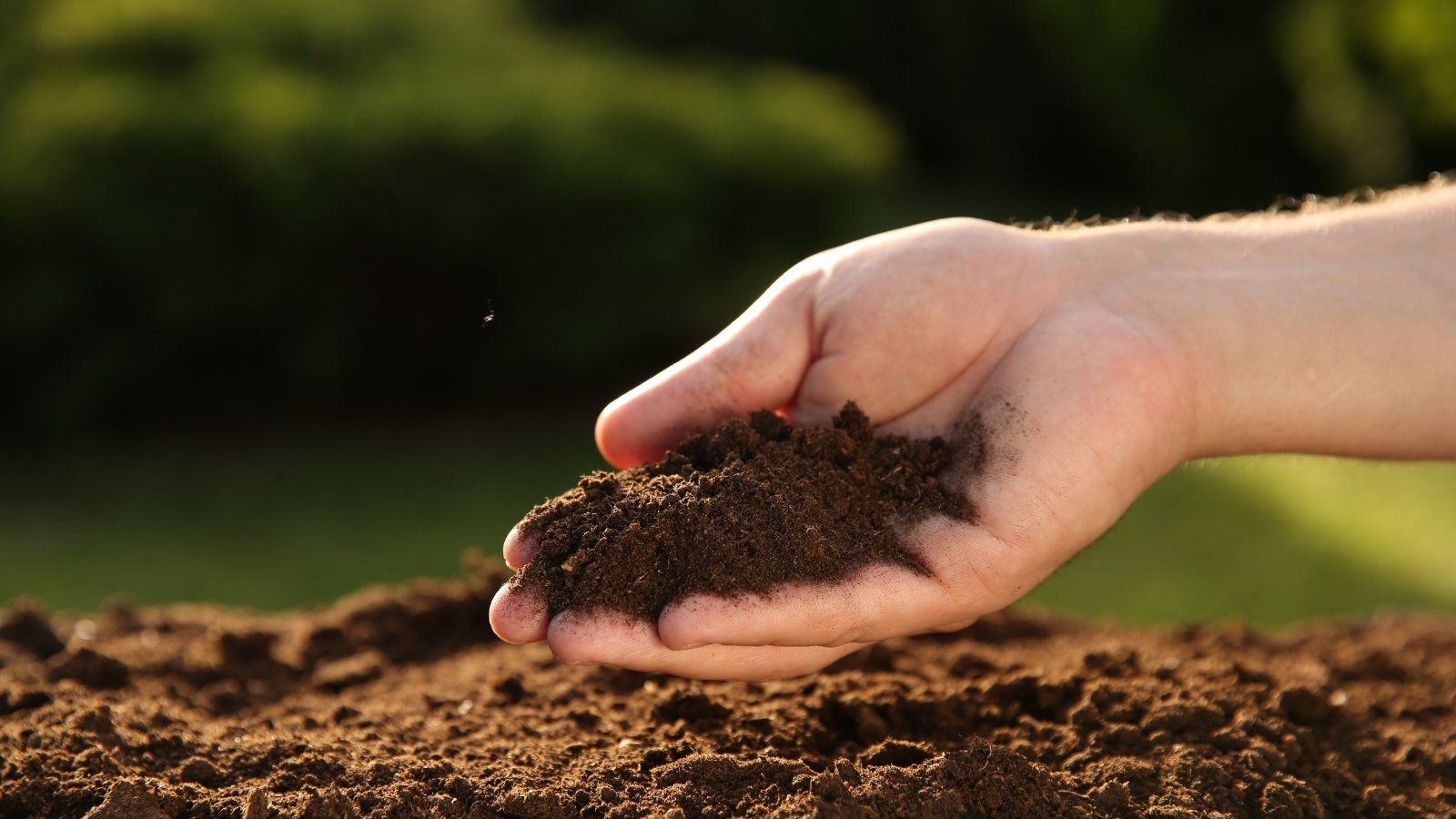

Micro organism and archaea are the opposite two tiny organisms that usually accompany fungi in wholesome soils. Micro organism are probably the most plentiful, though they aren’t the oldest. The archaea are the oldest organisms, having been round for about 4 billion years.
Micro organism have many roles once they inhabit soils—they cycle vitamins, higher soil construction, and suppress nasty ailments. Including compost ensures a gentle provide of those microbes. Their abundance means they’ll discover their approach into your soil a method or one other! Archaea are totally different; they eat and break down carbon and nitrogen, amongst different vitamins, for roots to entry.
Bigger creatures additionally work to higher soils, though they aren’t technically microbes. Algae, protozoa, nematodes, and worms all eat massive particles and switch them into smaller ones for crops. Domesticate wholesome soils, and also you’ll create dwelling populations of every useful critter.
[ad_2]
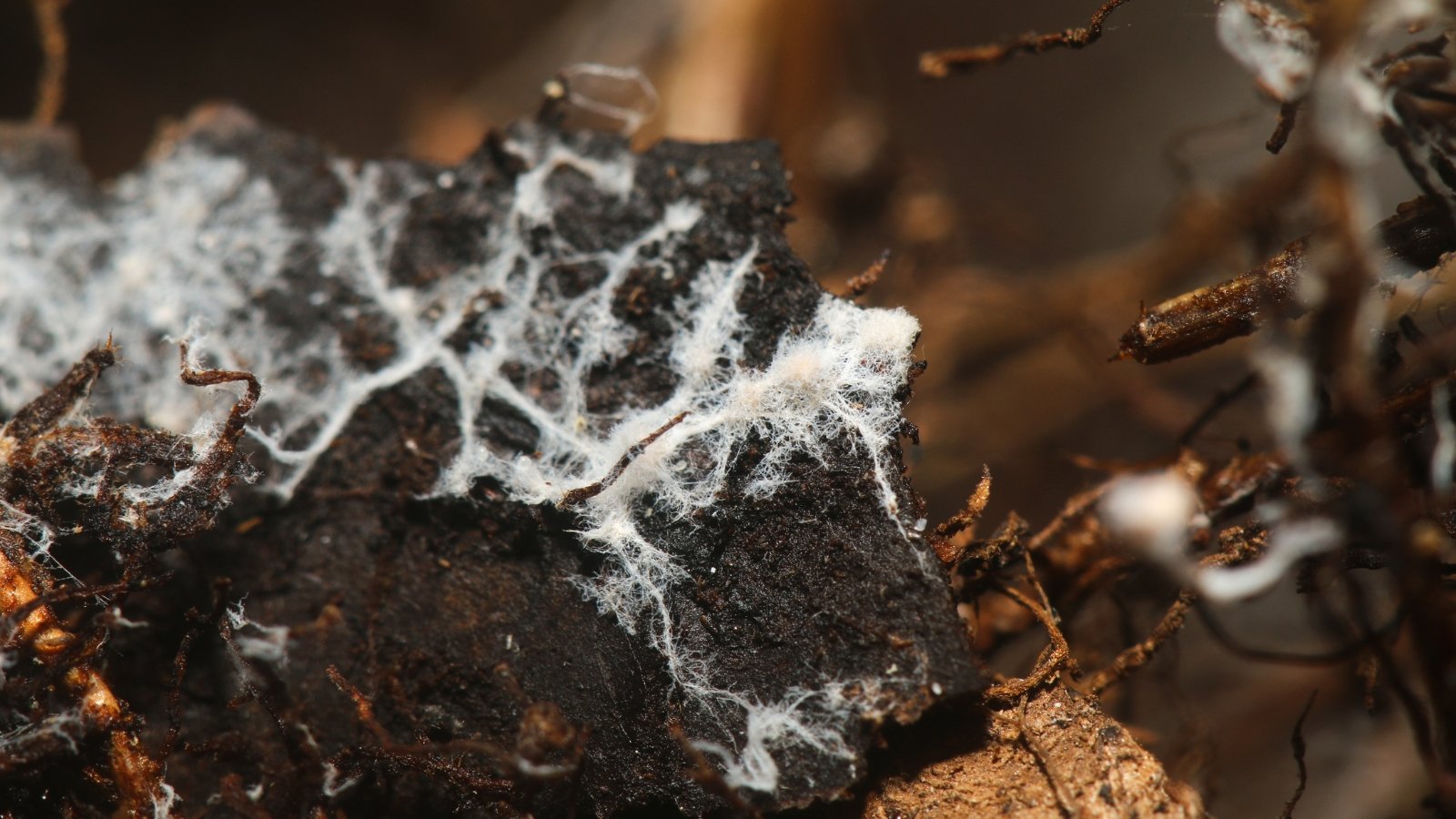

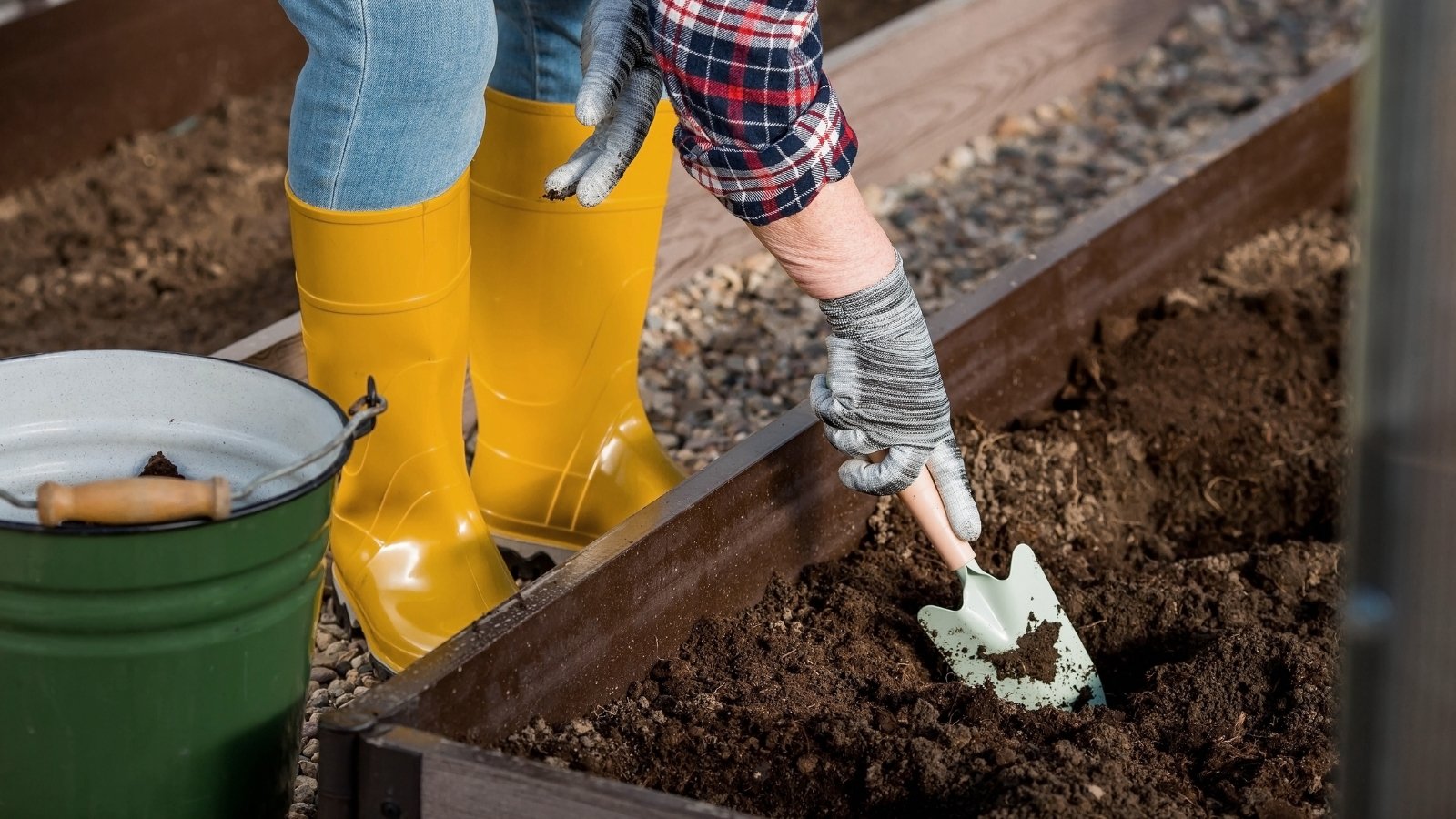

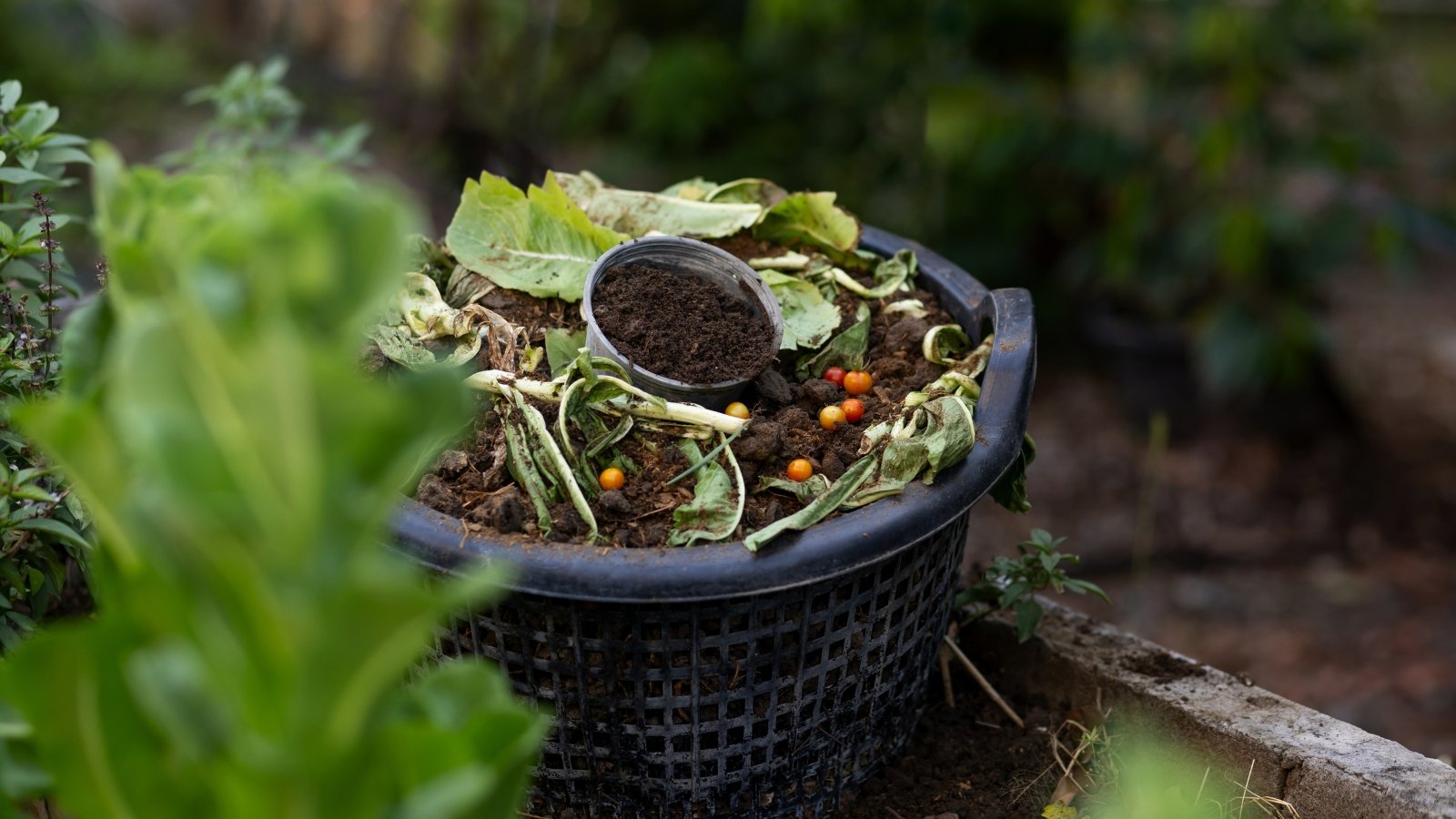
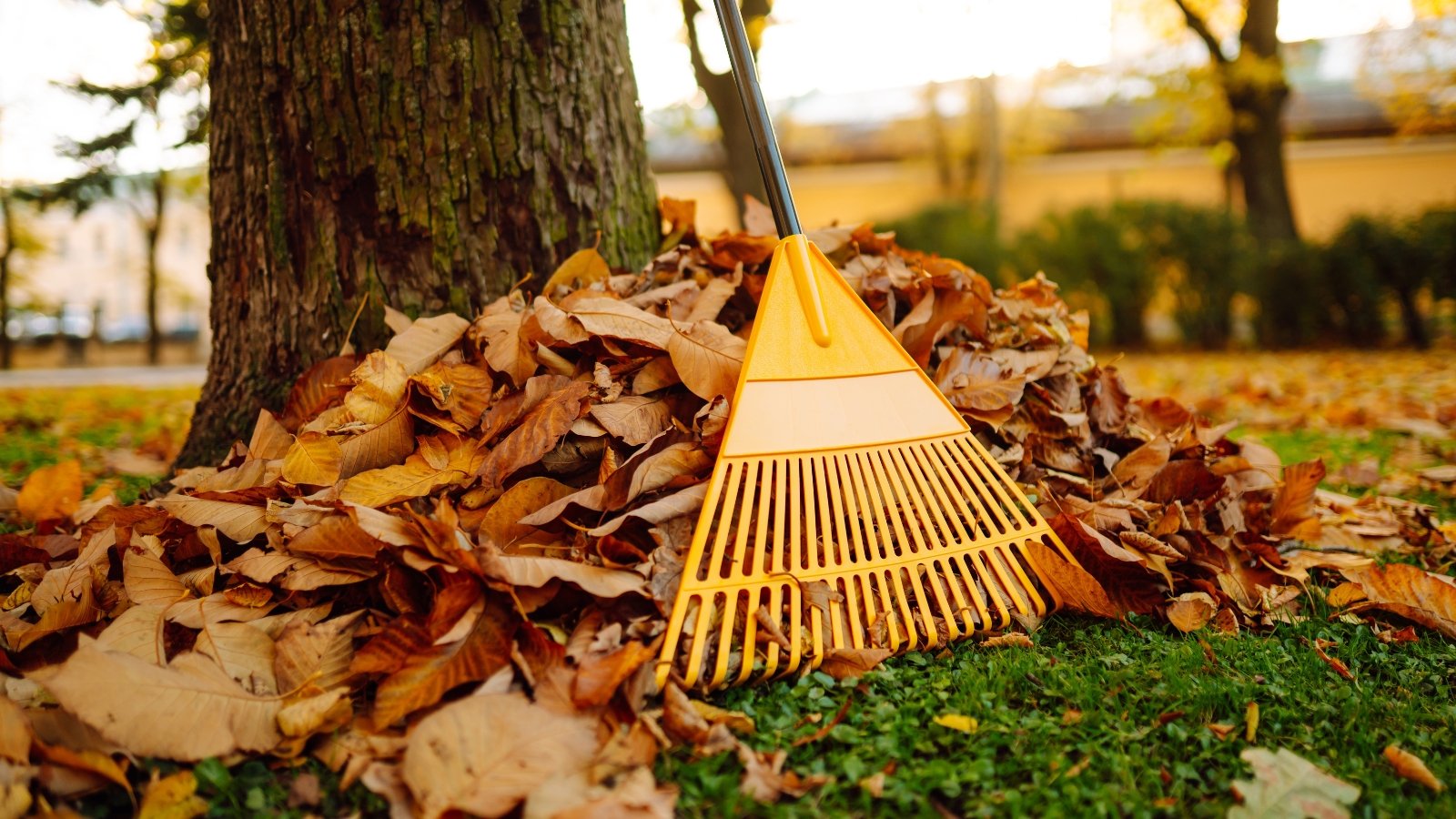
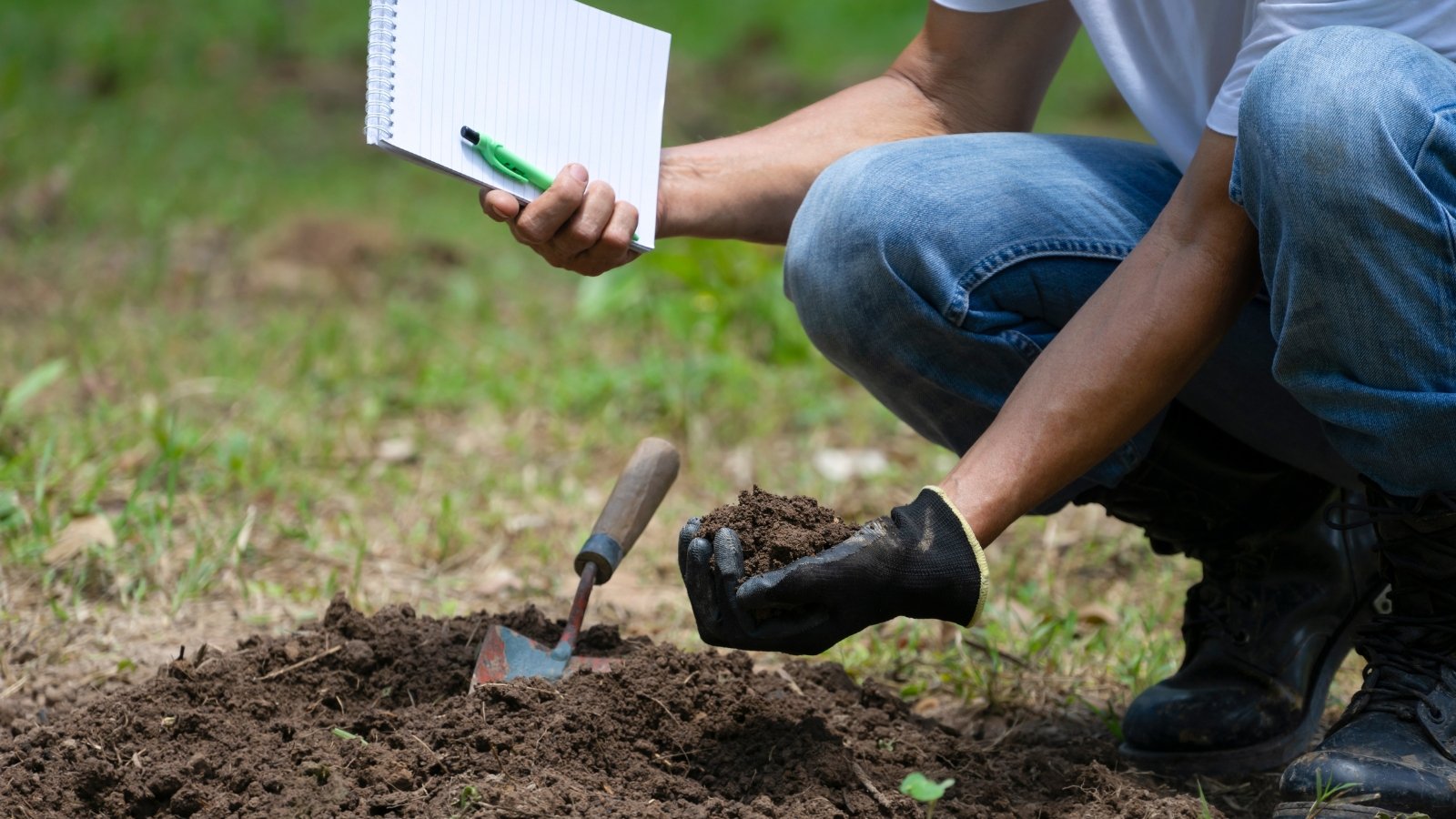
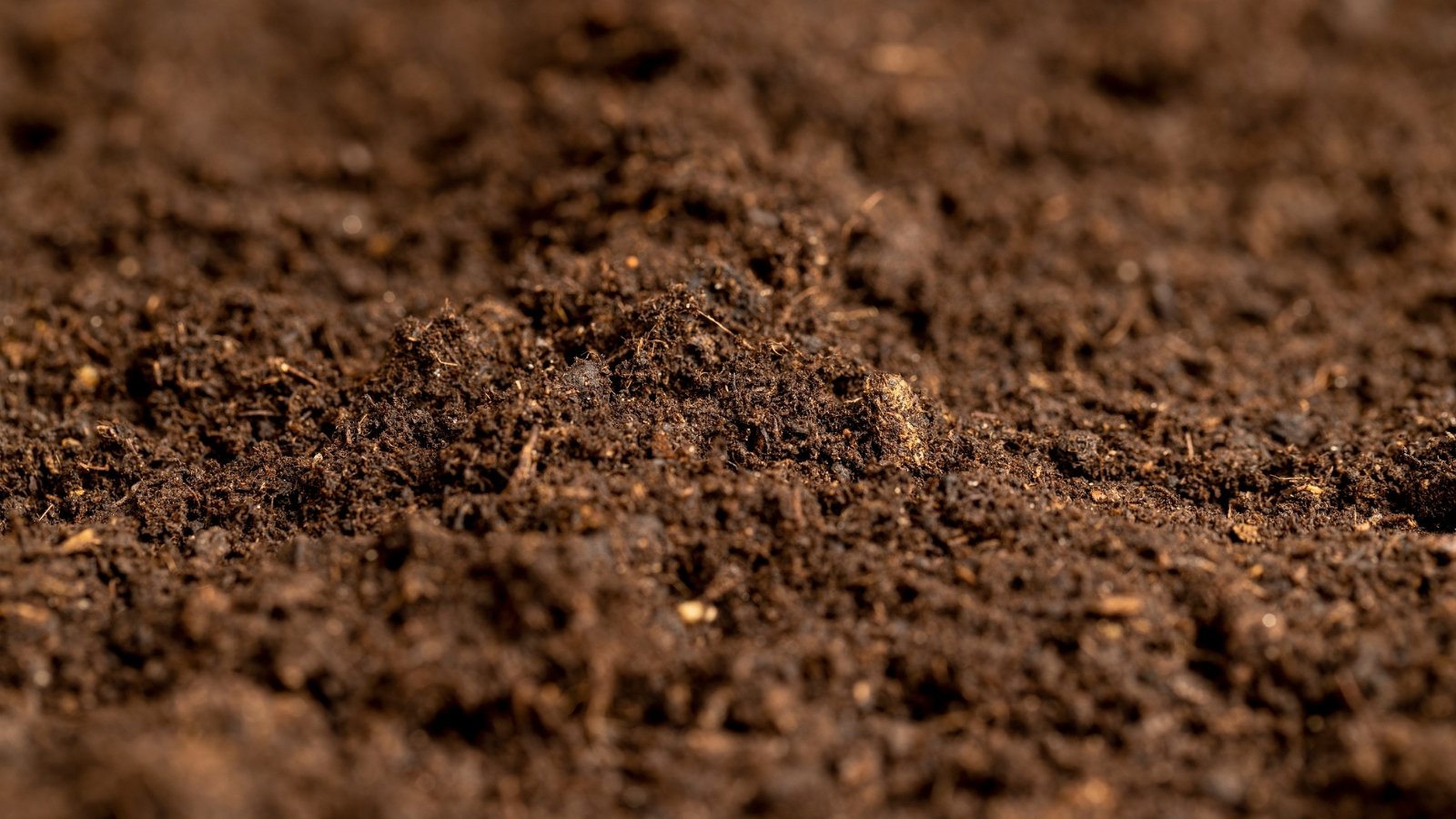

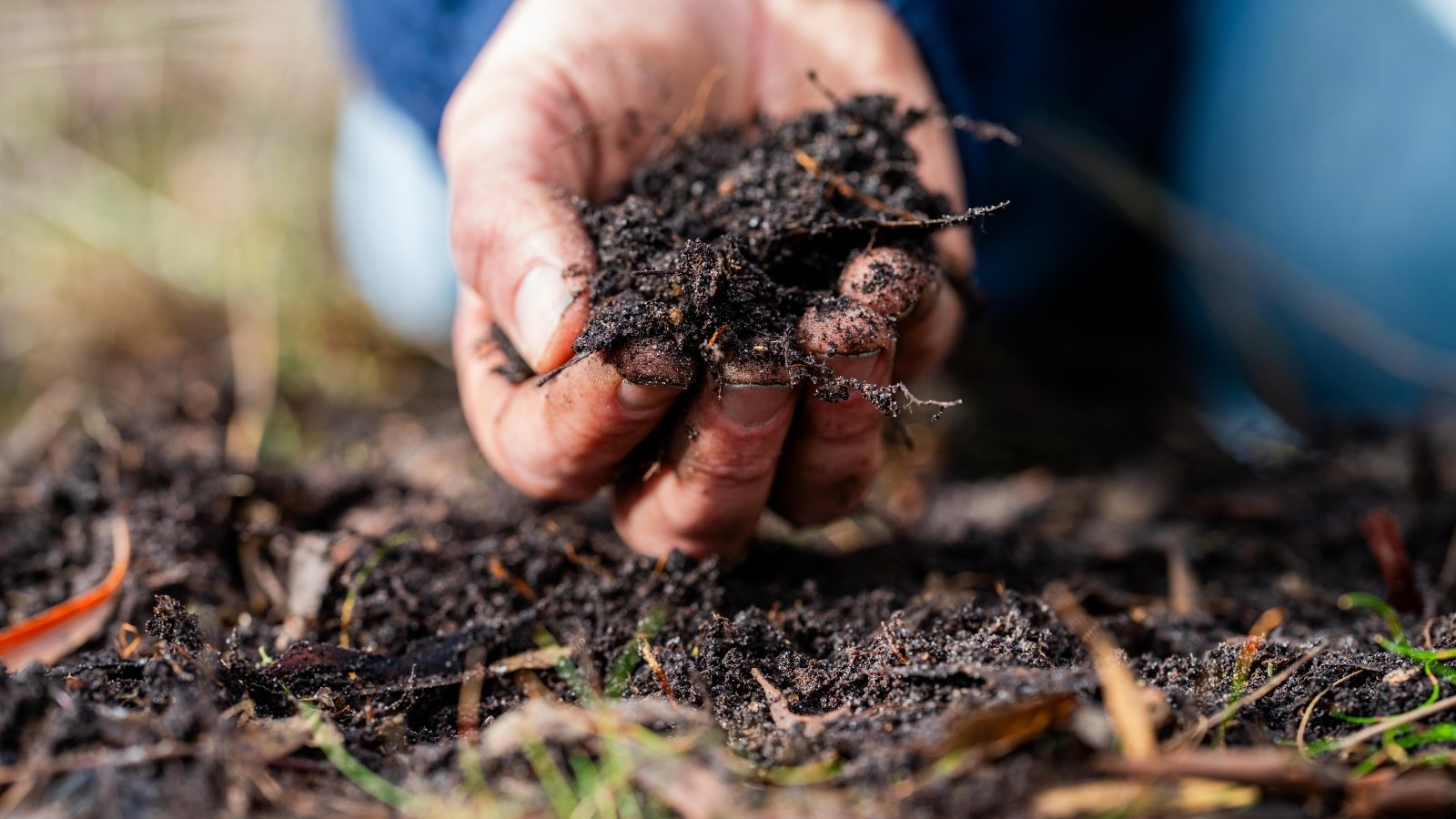
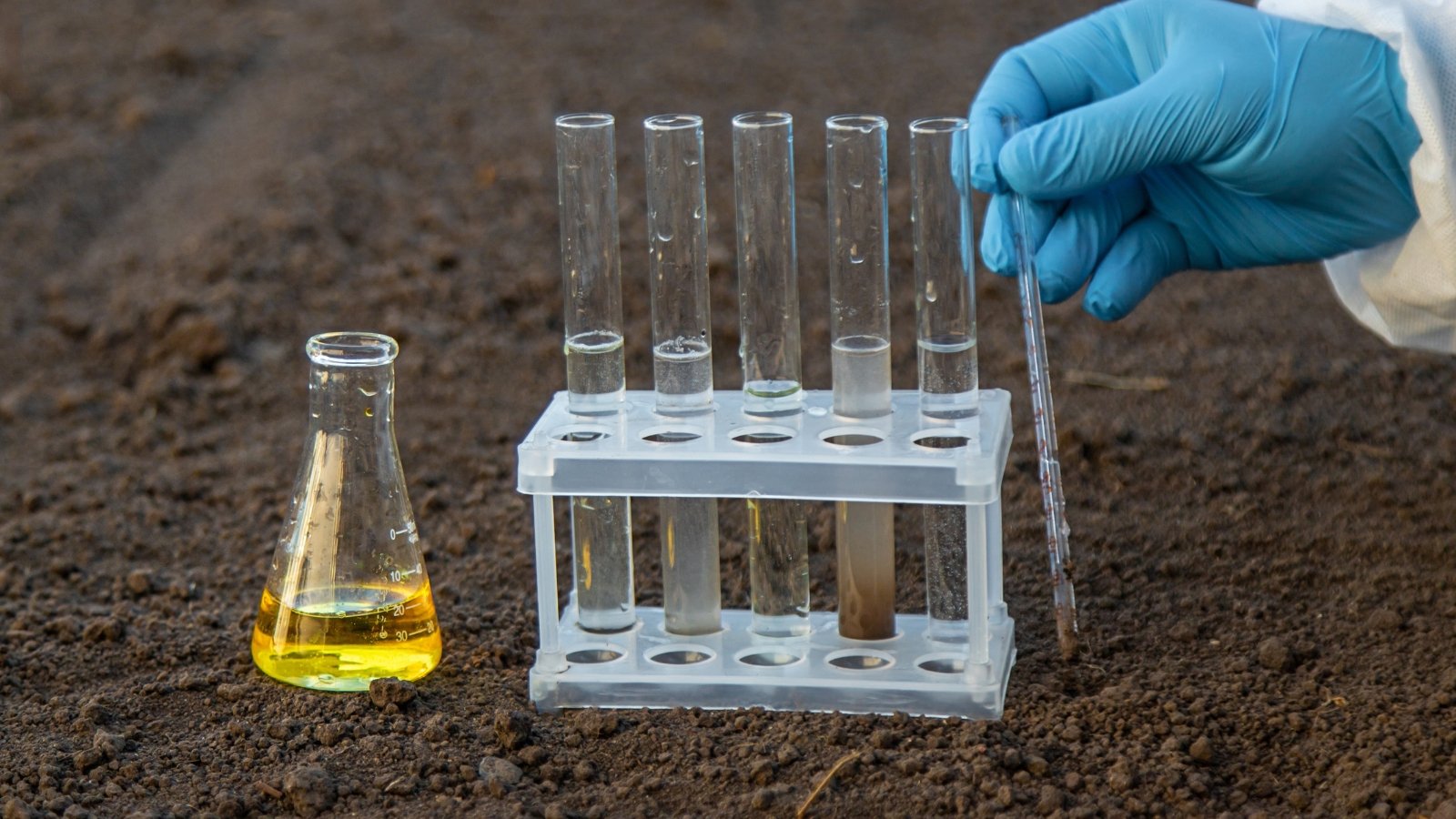
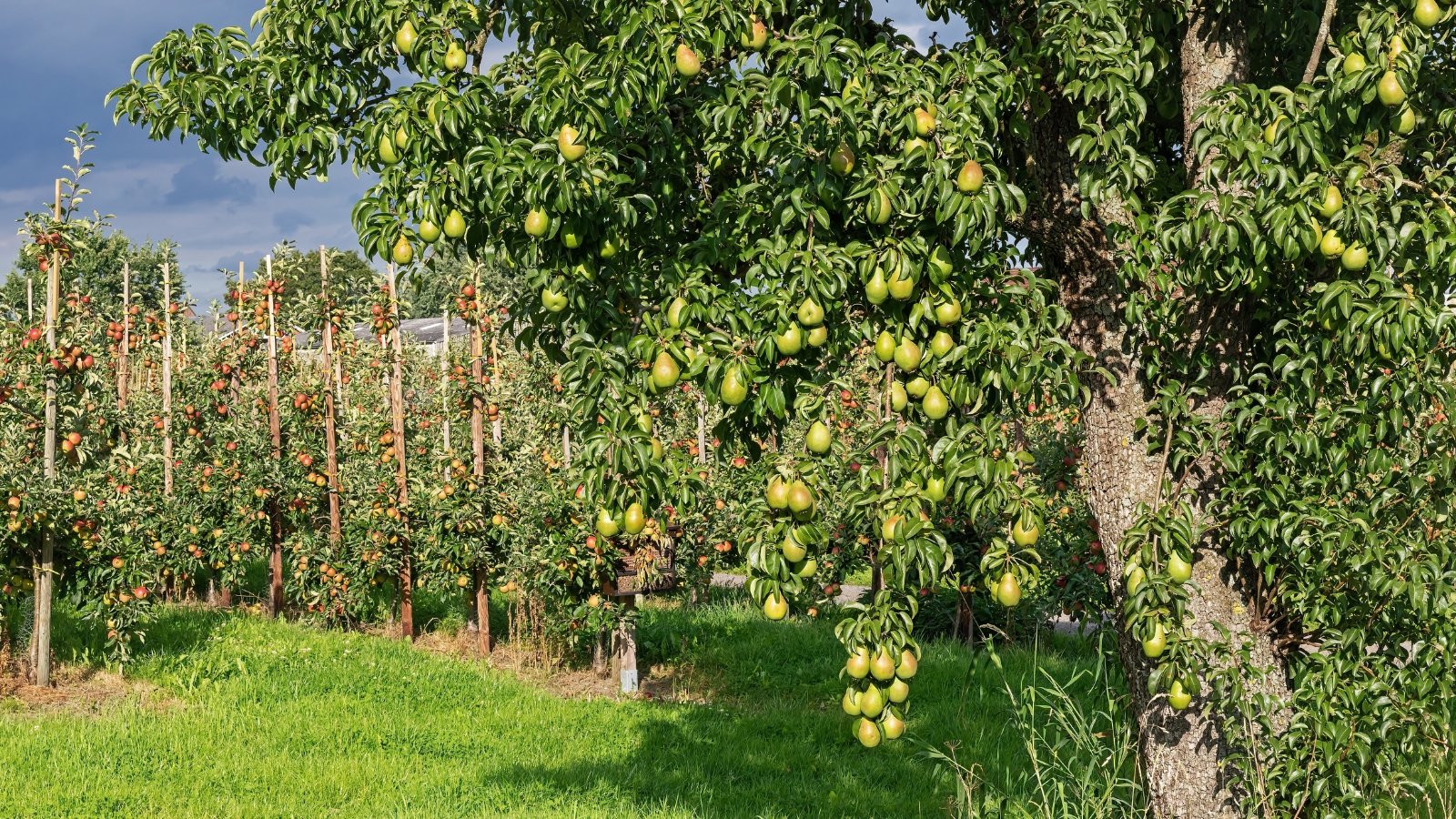
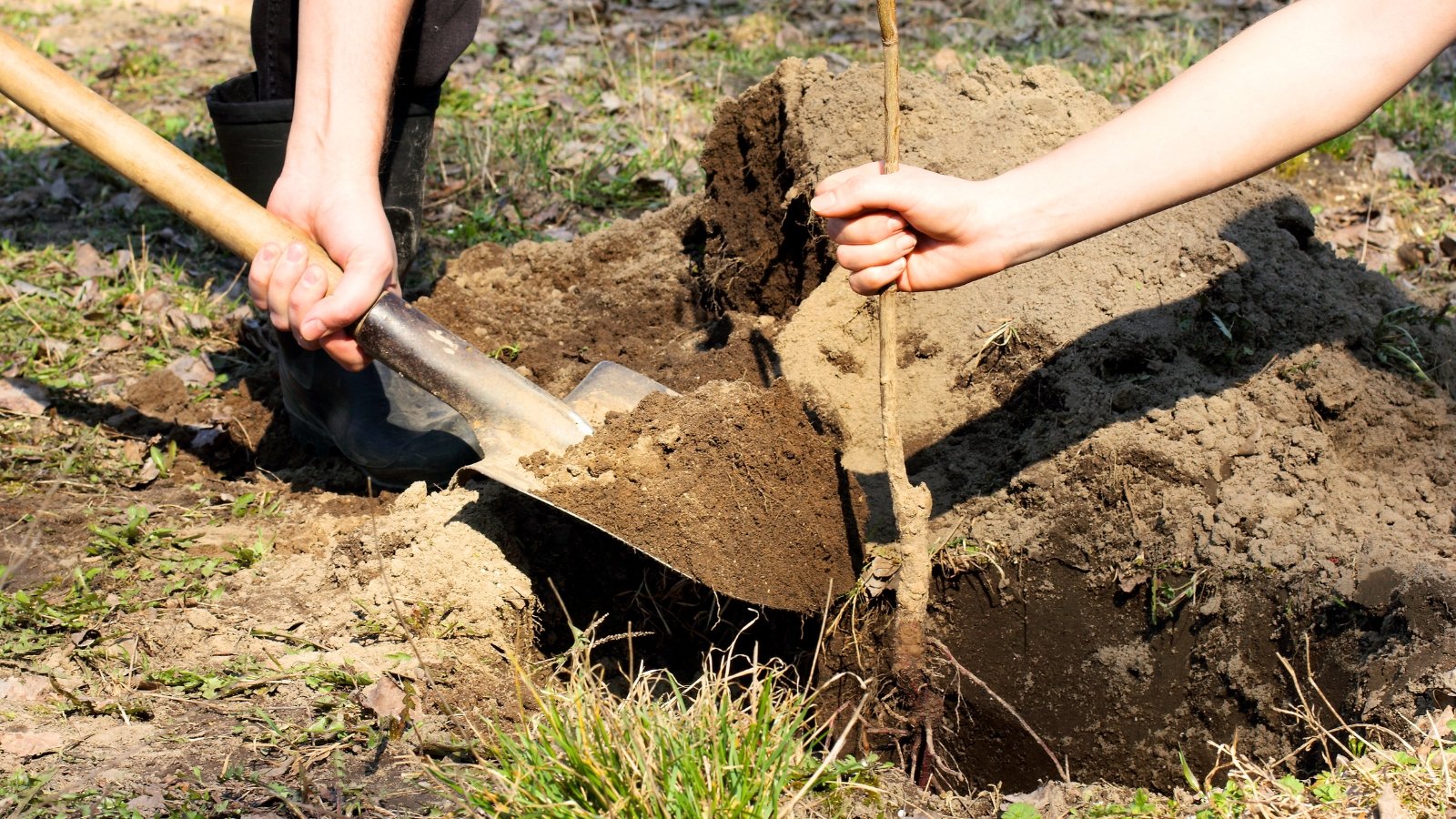
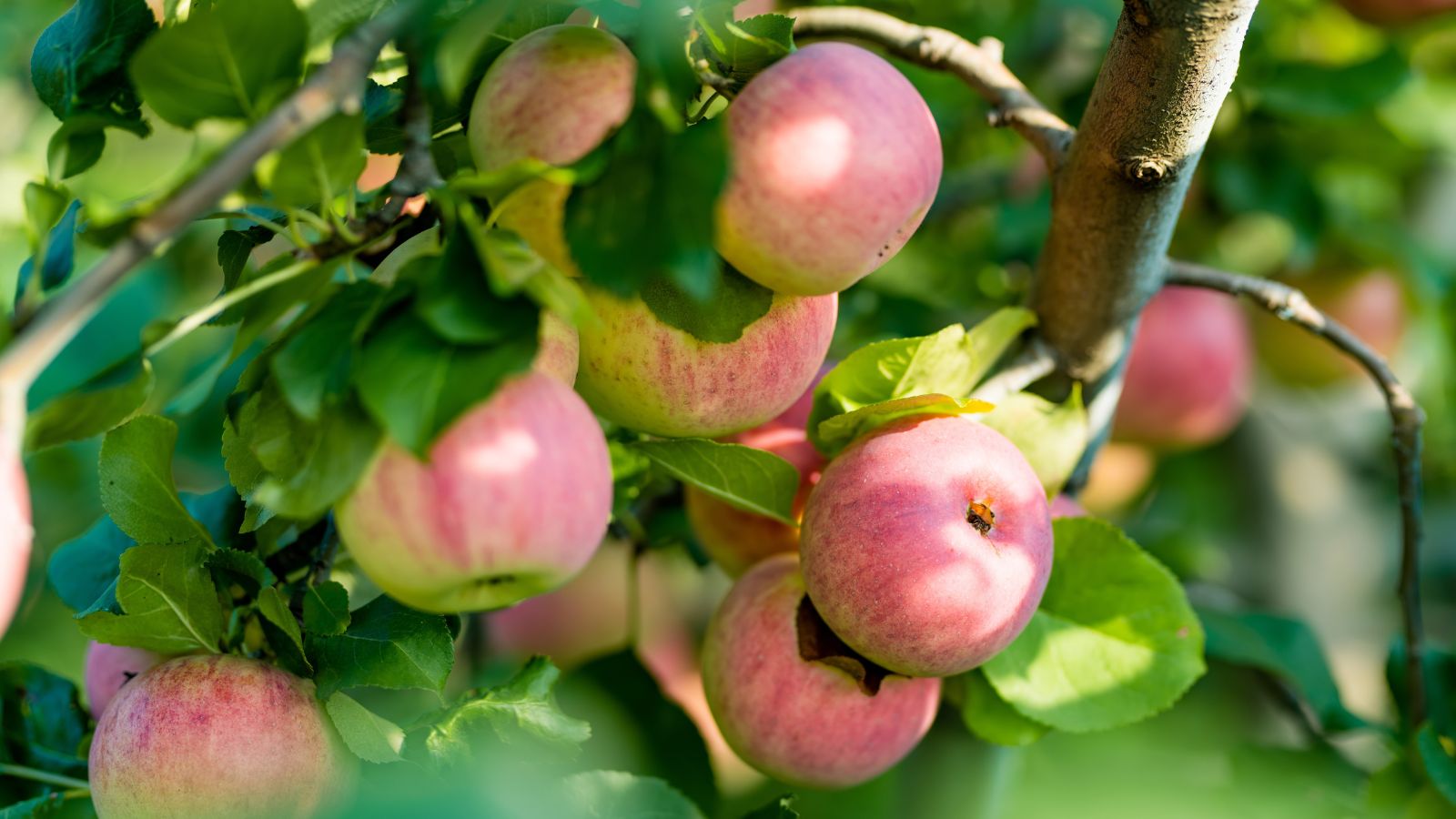
PixelPanda
The significance of mycorrhizal fungi in sustainable gardening cannot be overstated. It’s interesting to learn about how certain practices, like rototilling, can negatively impact these beneficial organisms. This information is crucial for maintaining healthy soil.